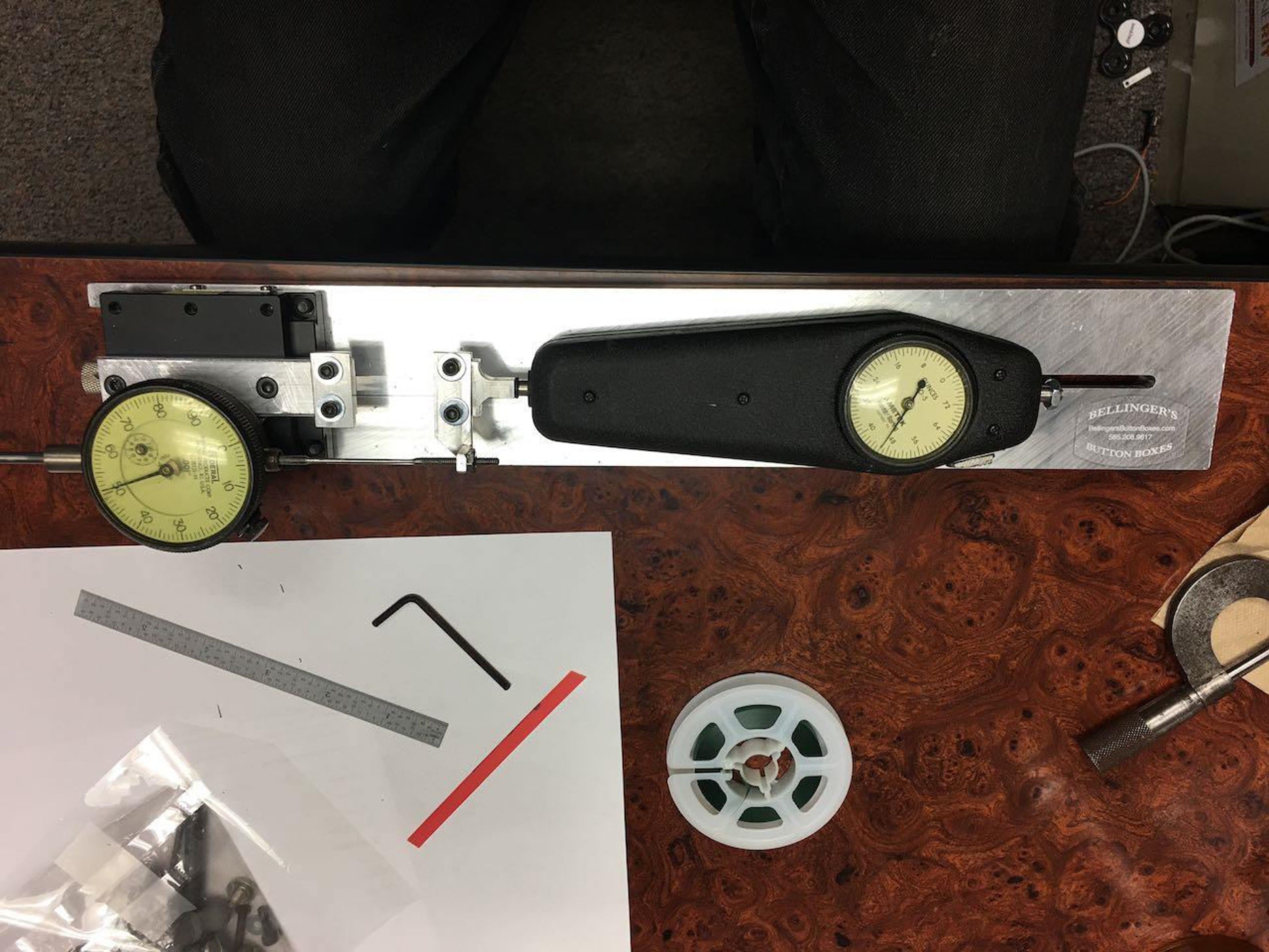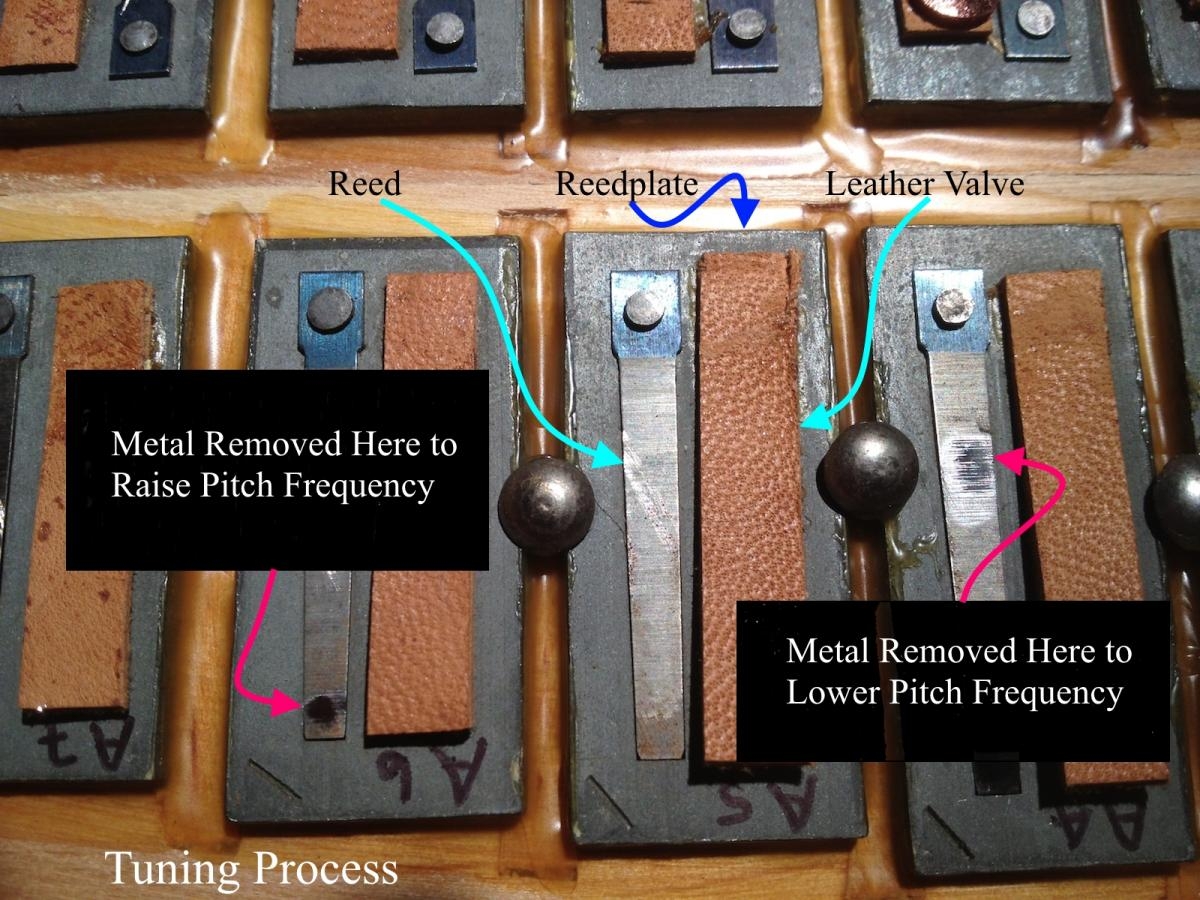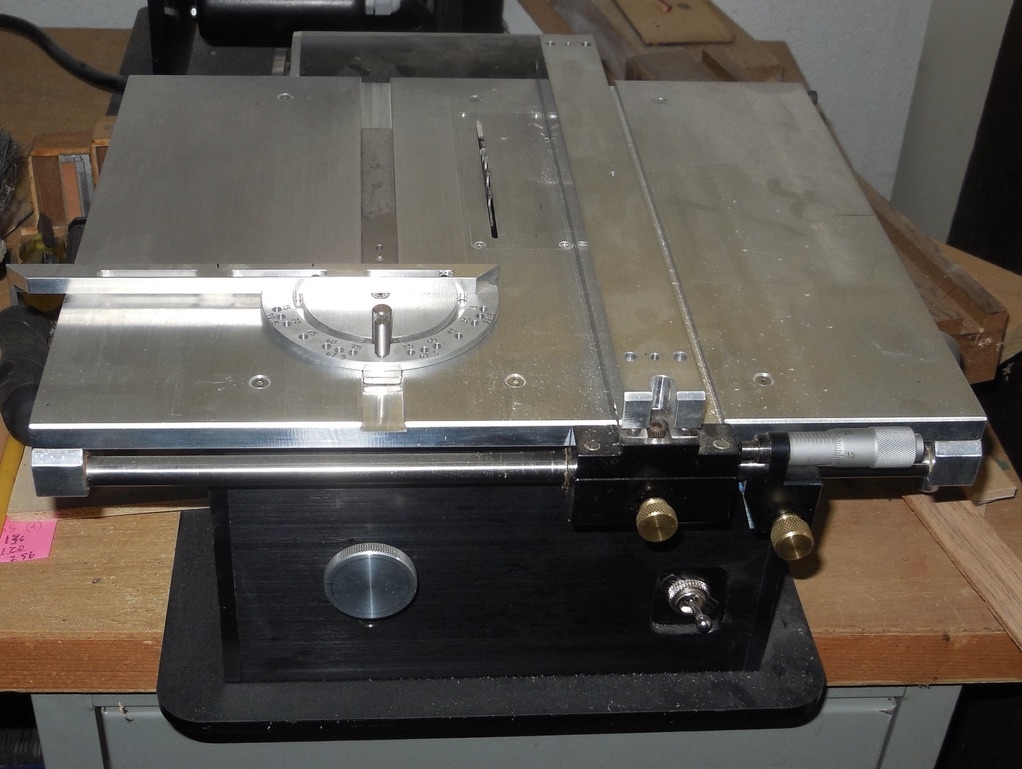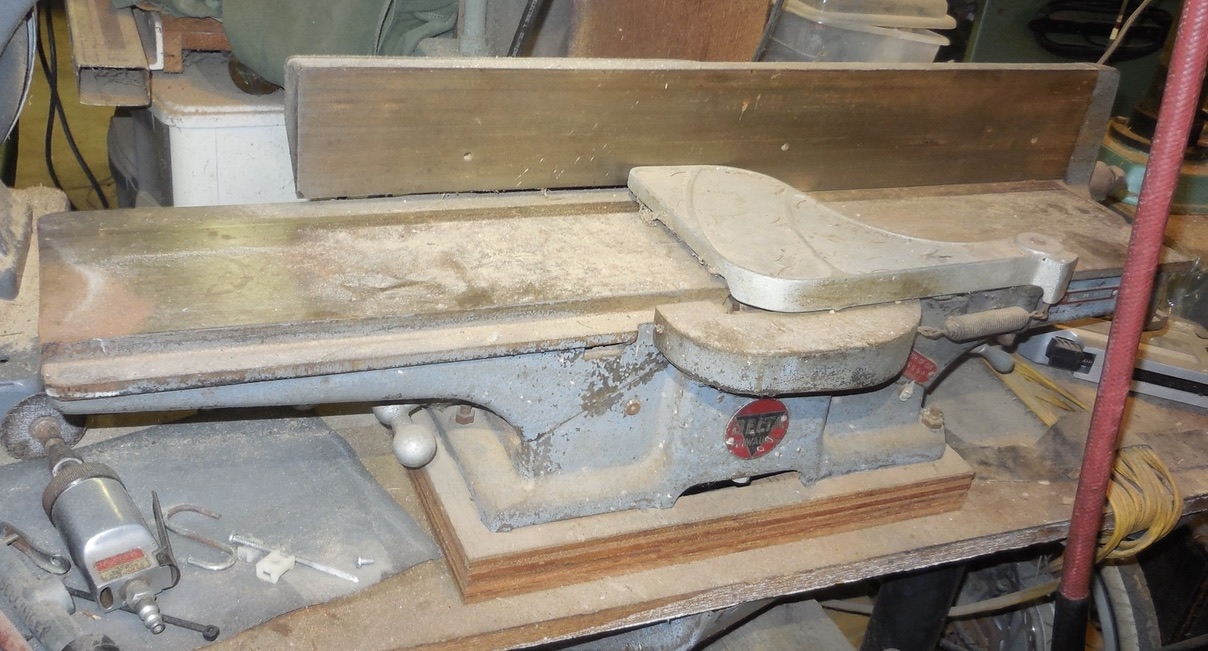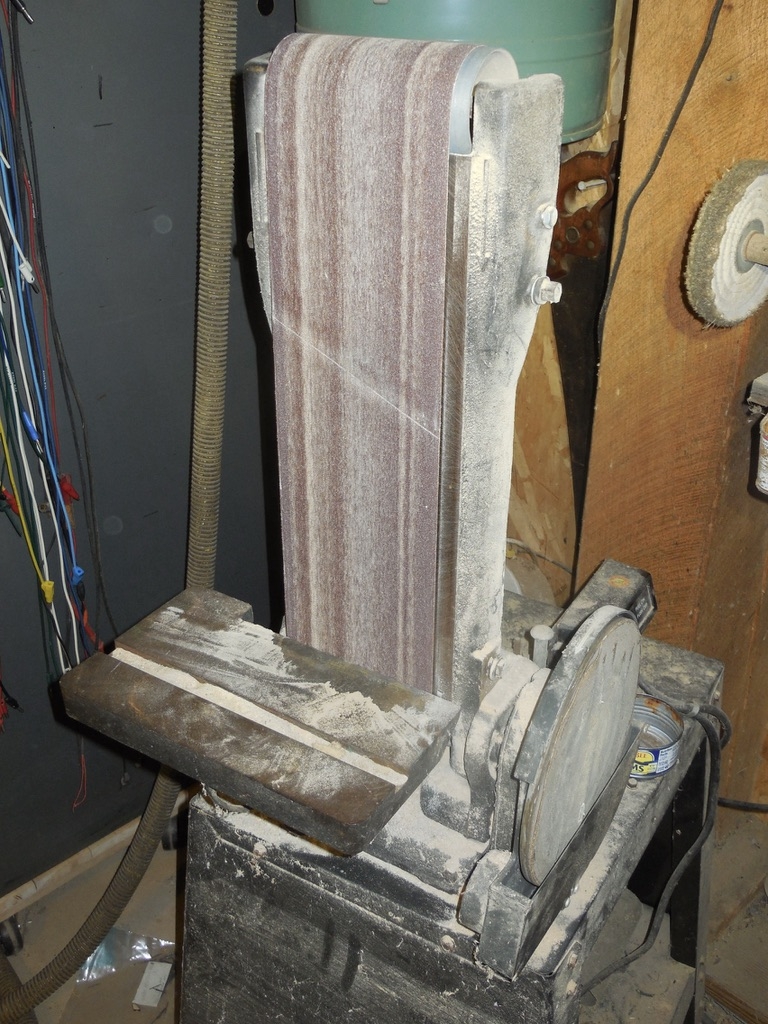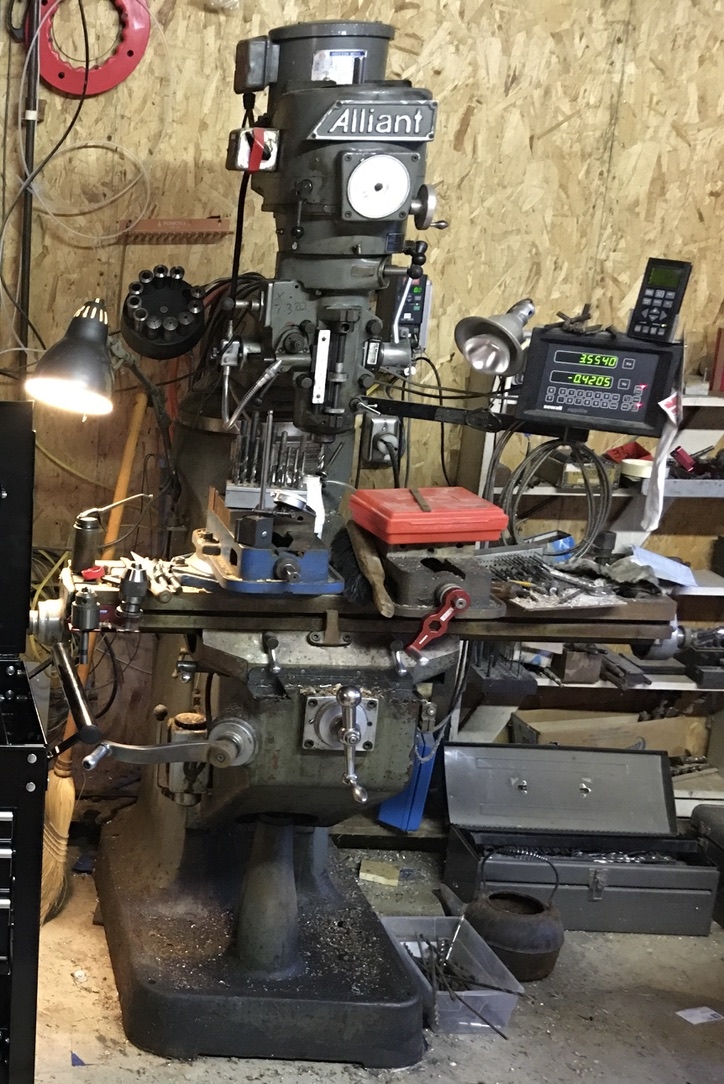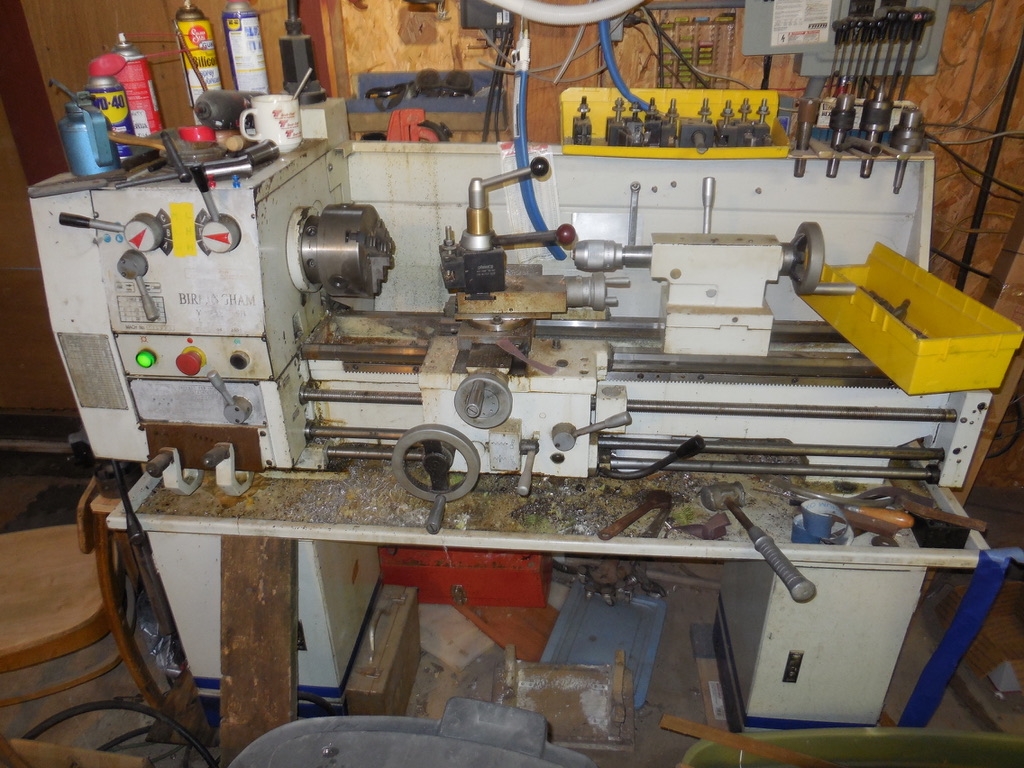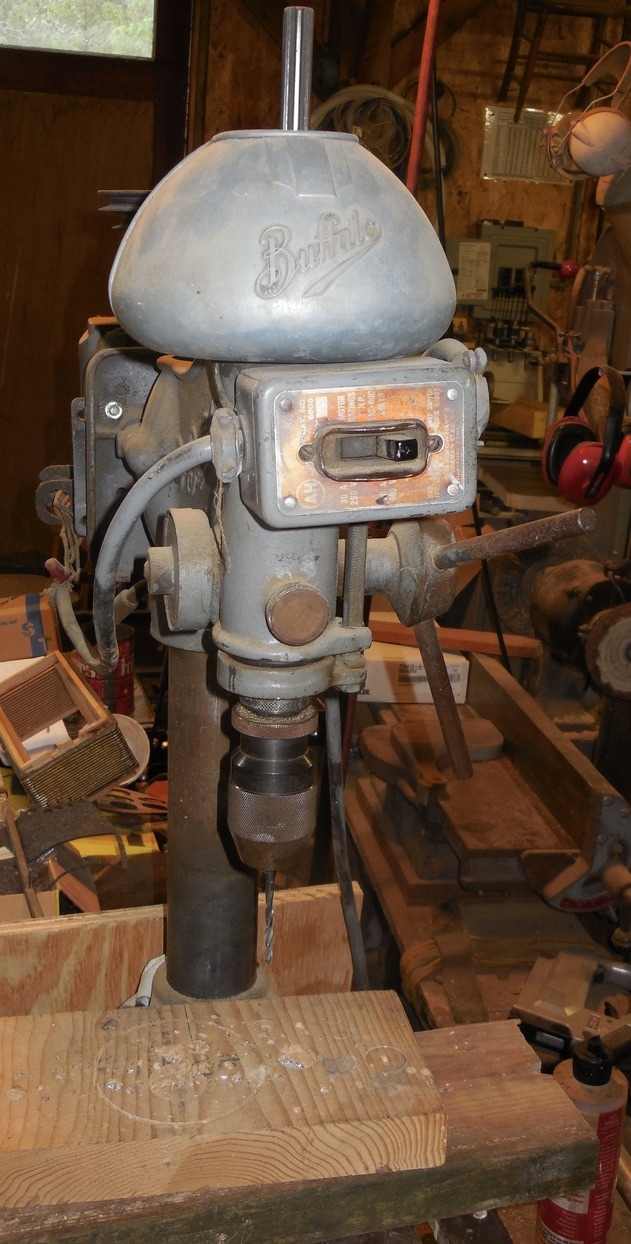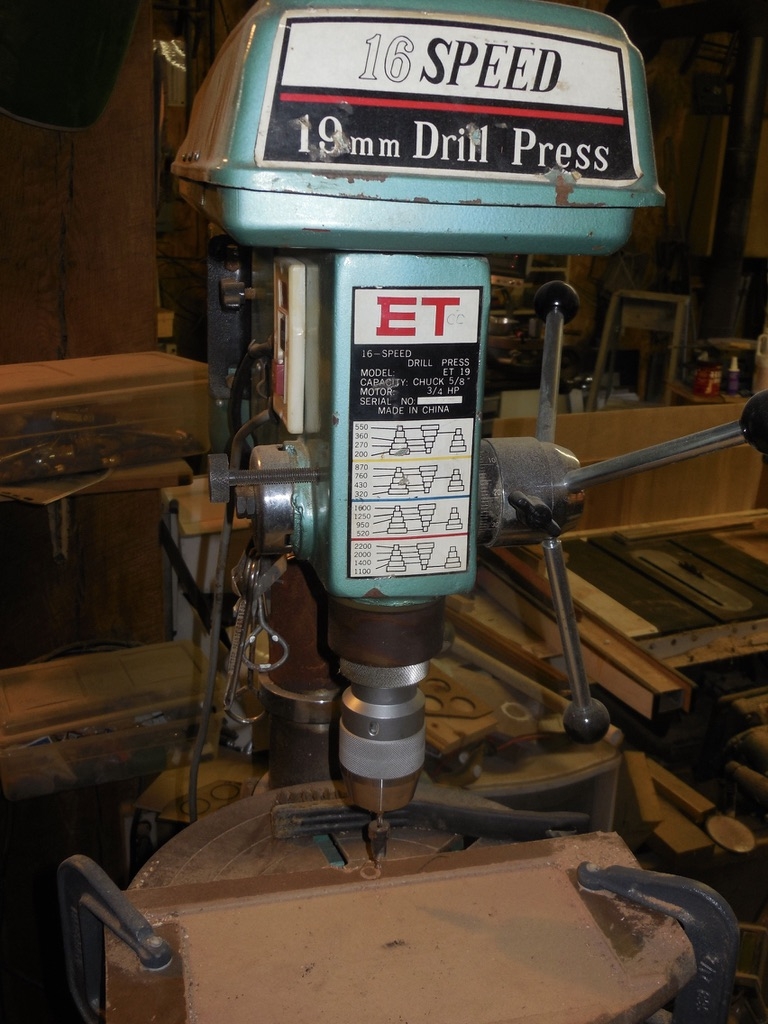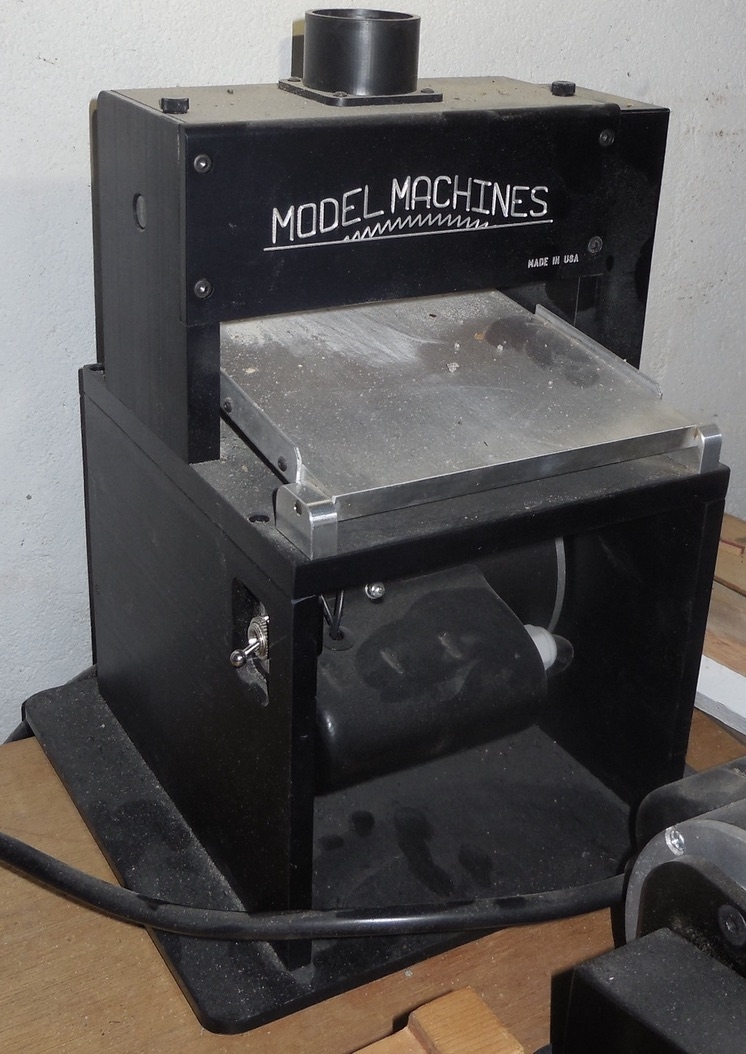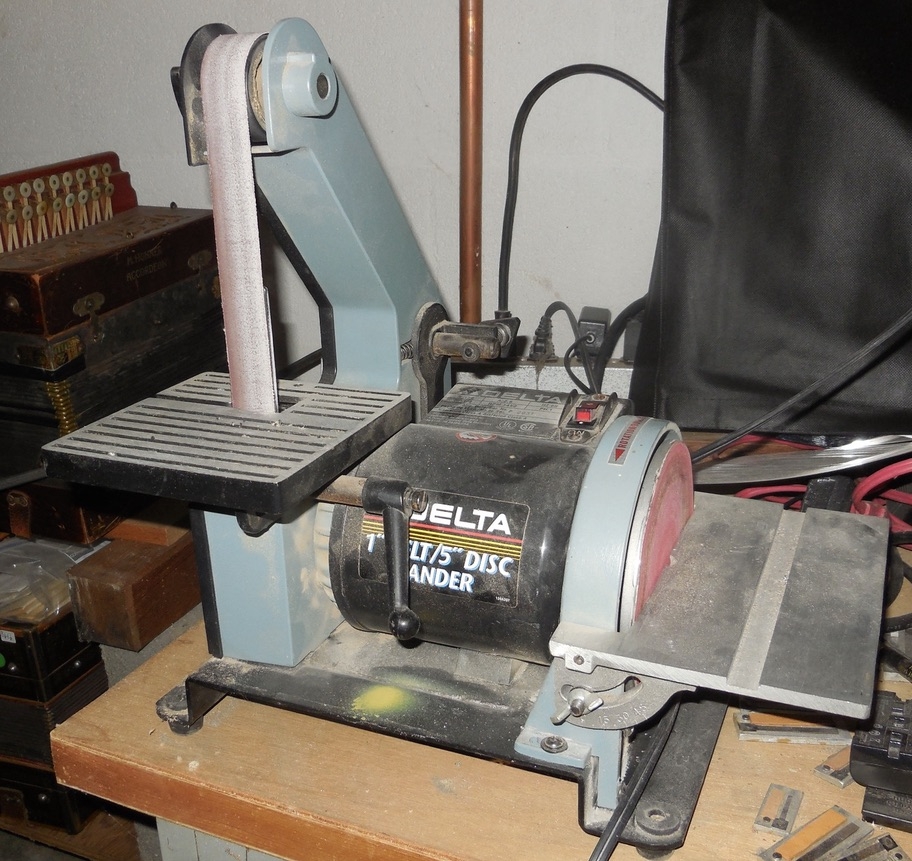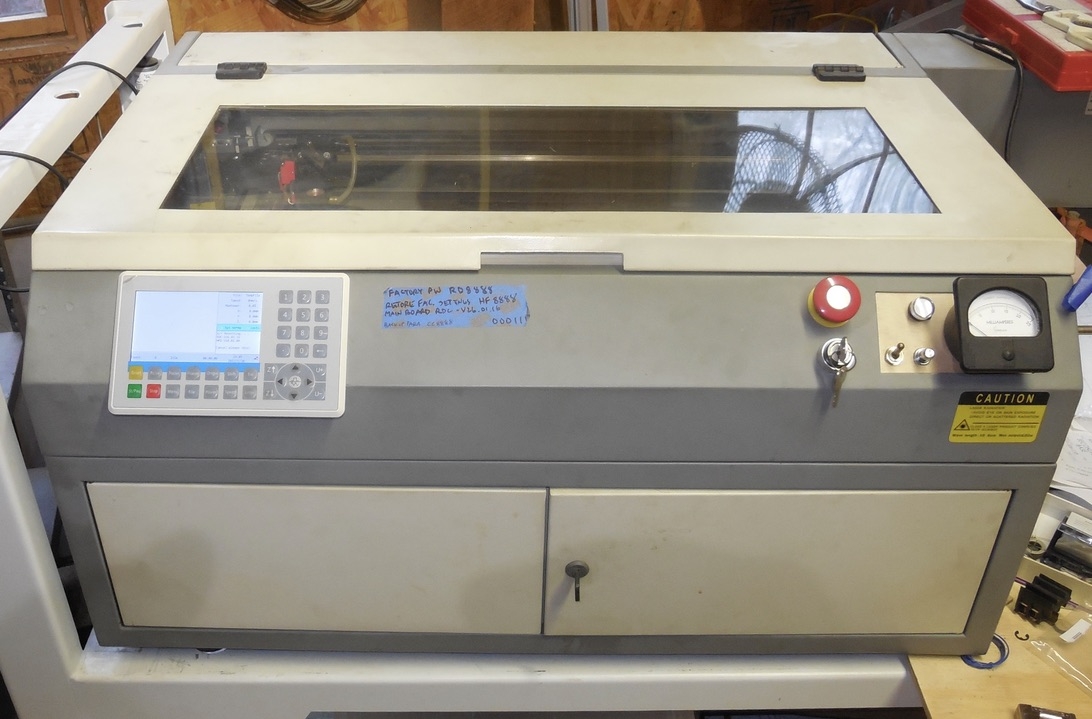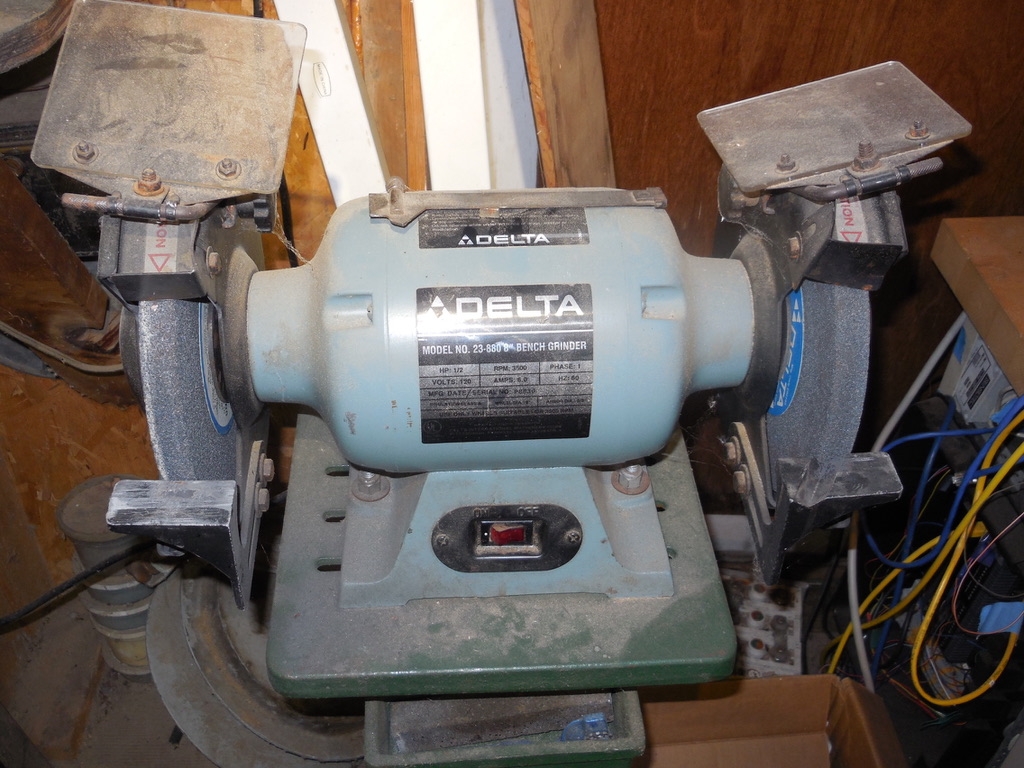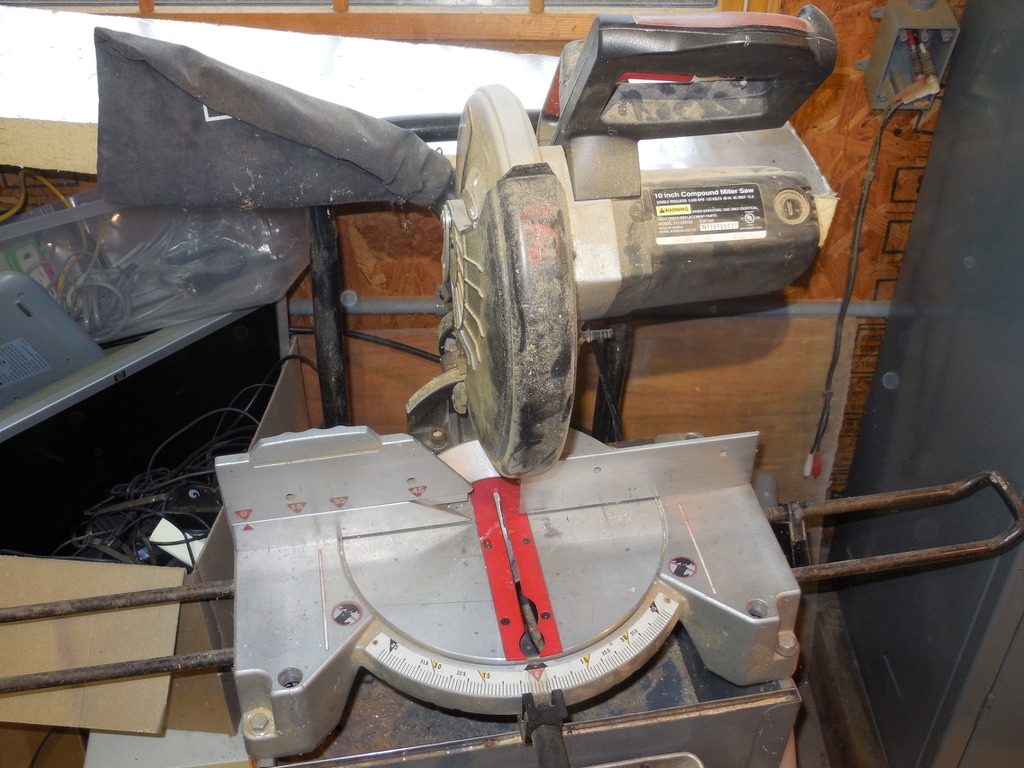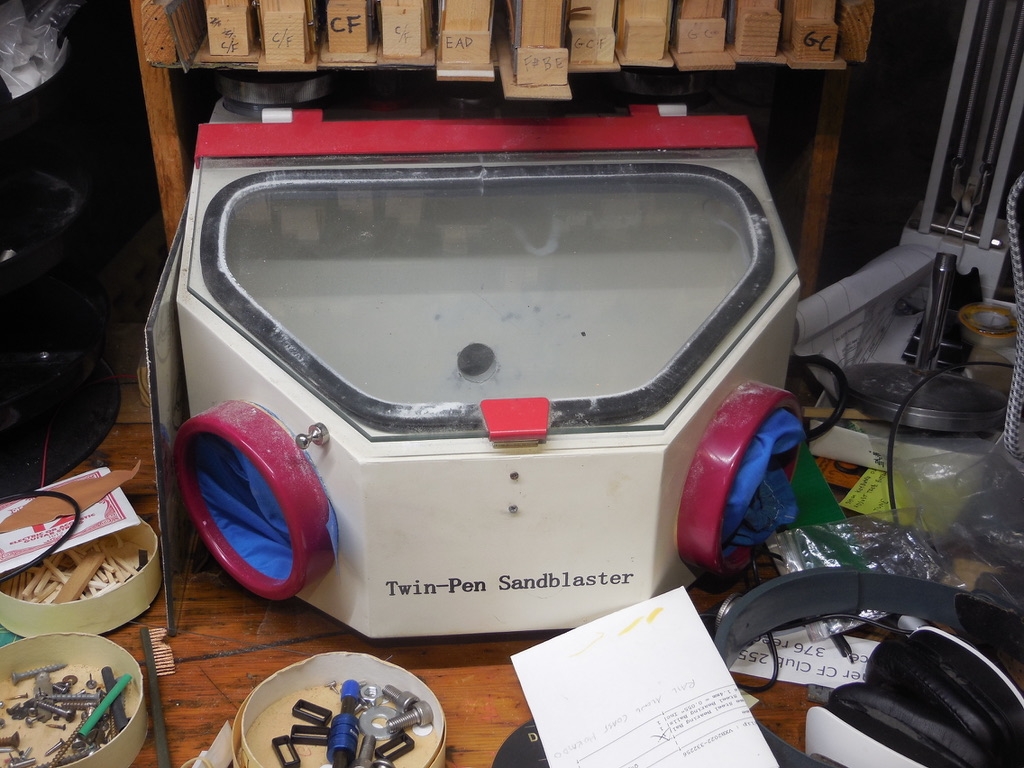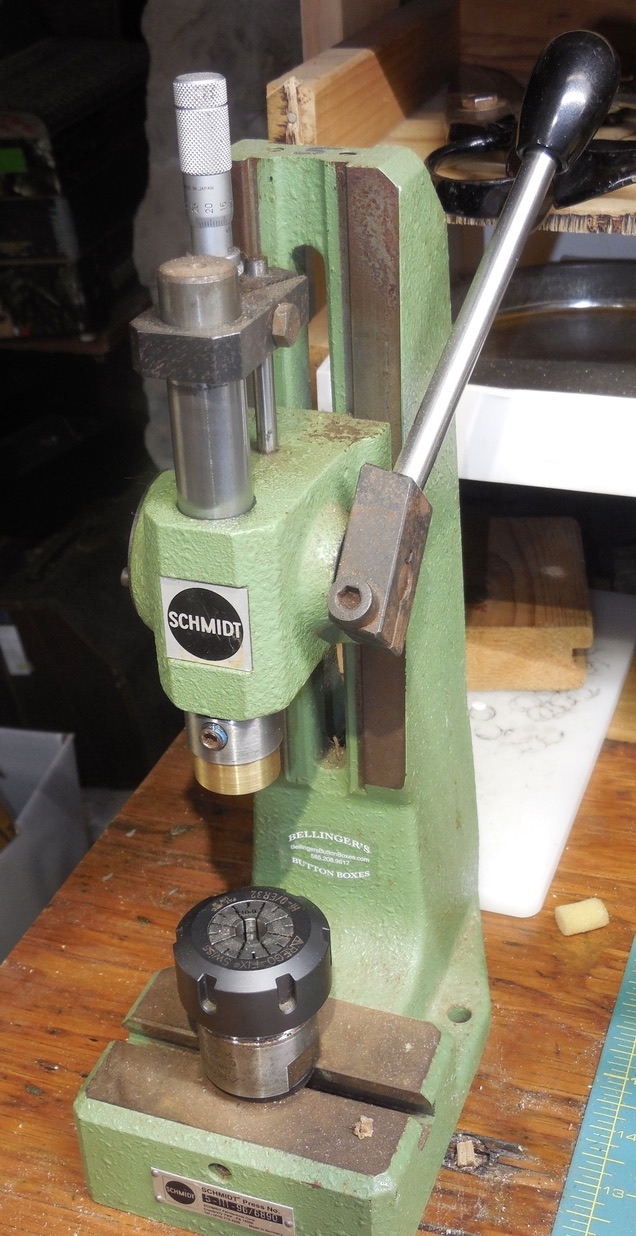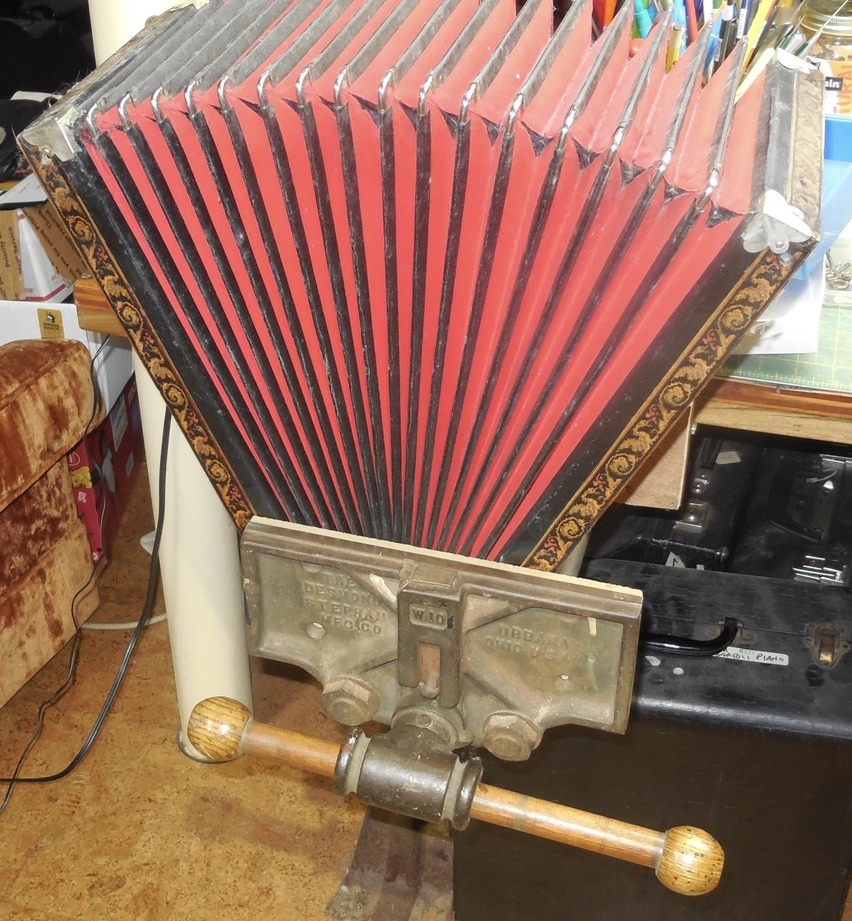This revealed the pressure profile differences between playing a soft, quiet aire and a strident jig or march. It also illuminated how the lower notes require more air flow at lower pressure versus high notes needing low flow at higher pressures. Bellows based tuning tables nicely allow a tuner to modify these pressures manually each time a note is sounded. Unfortunately, a major tradeoff is that half of the time is idle while the bellows direction is reversed and returned to its starting position and skill is required to maintain the same pressure/vacuum across multiple reeds.
Electric blowers eliminate this reversal and provide a stable constant air supply for both pressure and vacuum. Combining electronic control of voltage and current supplied to the blower with highly sensitive low-pressure instrumentation allows fine control of both pressure and flow to the reeds during tuning. This completely eliminates the idle time and truthfully replicates the bellows/reedblock environment inside the instrument greatly speeding up the tuning process without sacrificing accuracy.
Diatonic button accordions sound a different pitch note whether pushing or drawing the bellows. Since this rapid reversal is integral to playing the instrument, having a tuning table able to replicate that action was desirable. A custom air table design was developed to allow use of an electric blower supply for vacuum/pressure but also provide instant reversal of pressure/vacuum right near the reedblock air supply hole. This action doesn’t directly apply to tuning notes but rather it allows the tuner to check and remedy issues with the one-way valves and with the ‘set’ of the reed. Reeds have a small gap at the tip when at rest. This gap is an important setting as it affects both how low of a pressure the reed will start responding at and also how loud the reed sounds at high pressures. There needs to be a balance between those parameters. With 2, 3 and 4 voice instruments it is also important the all the reeds for a specific note respond with very similar pressure thresholds.
An air tuning table was designed to provide reversible pressure/vacuum to any of three interface holes:
- Single hole for one voice tuning
- Dual hole for two voice tuning
- Large hole for both chord and octave bass tuning plus fixture use
Single reedplate fixtures were also designed and fabricated out of aluminum, brass and felt to aid in valve replacement, reed gap setting and for fixing stuck or buzzing reeds. These were made in 5 sizes to accommodate the various reedplate widths. These are also used for coarse tuning on reeds that are not close to the desired pitch. Final tuning is always done on the reedblocks and/or in the instrument.
Scott made another workshop tool -an LED based light box for observing and correcting the tiny gap between the reeds and the reedplate slots. This gap is a critical dimension and ideally is even around the perimeter of the reed. Occasionally a reed will be rubbing somewhere (or completely stuck) and this backlight tool aids in locating and correcting the problem.
List of Equipment
- Craftsman 10” table saw w/router table
- Model Machines 4” precision table saw
- Delta/Rockwell 14” wood/metal bandsaw
- Craftsman 10” 3-wheel bandsaw
- Shop-Smith 12” variable feed planer
- Delta/Rockwell 6” joiner
- Craftsman 6” belt/ 12” disc sander
- Alliant vertical milling machine w/digital readout
- Birmingham gearhead lathe
- Buffalo drillpress
- ET 16 speed drillpress
- Servo precision micrometer quill drillpress
- Model Machines 6” drum sander/surfacer
- Delta 1” belt 5” disc sander
- 80 watt CO2 laser cutter/engraver
- Tormach 3 axis Personal CNC mill
- 8” dual wheel pedestal grinder
- Combo wet/dry grinder & buffer
- Craftsman 10” compound miter saw
- Craftsman air compressor
- Gast air compressor
- Custom tensiometer for valve material testing


